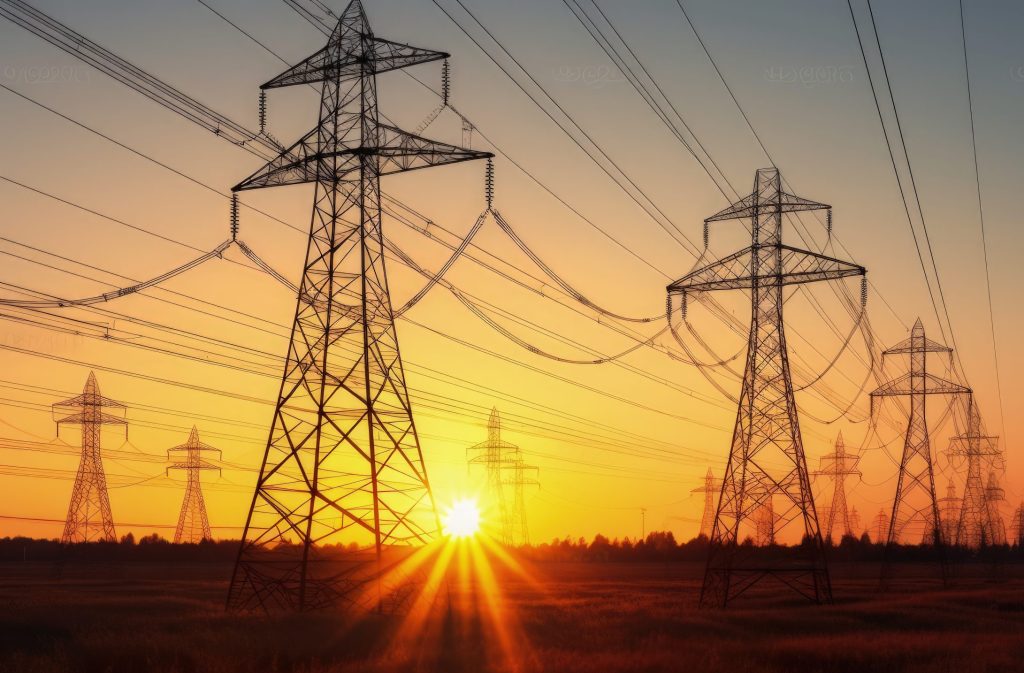Serbia plans to link its electricity market with the European Union’s market in the final quarter of 2027, announced Miloš Mladenović, CEO of the Serbian Power Exchange (SEEPEX).
Mladenović spoke at the panel “Energy Connectivity, Resilience and Security in Southeast Europe” during the 14th International Forum on Energy for Sustainable Development held in Skopje.
He reminded that a few weeks ago, the European Commission finally published the document on the verification and governance of the Electricity Integration Package (EIP), which relates to the coupling of electricity markets of the Energy Community Contracting Parties.
SEEPEX Aims to Shorten the Market Coupling Proce
Mladenović noted that up to six months will be needed, starting from the New Year, to implement the Market Coupling Operator Implementation Plan (MCO IP).
“I believe that by mid-next year we can begin the well-known 18-month period typically required to complete the Single Day-Ahead Coupling (SDAC) with the EU,” he said.
Within the expanded ADEX Group, which includes EPEX Spot and transmission system operators as shareholders, SEEPEX will work to shorten the timeframe for coupling with Hungary through the market coupling committee.
“Our common goal is to achieve market coupling by the last quarter of 2027,” Mladenović emphasized.
He added that typically, the first quarter is reserved for day-ahead market coupling (SDAC), while the last quarter is for intraday market coupling (SIDC).
Next Step: Intraday Market Coupling with Hungary
“We hope that the community of Nominated Electricity Market Operators (NEMOs) and Transmission System Operators (TSOs) will support the plan to complete the day-ahead coupling in the final quarter of 2027,” he said.
Following that, SEEPEX intends to continue with the intraday market coupling with the EU, again starting with Hungary.
Mladenović also revealed that SEEPEX recently received positive feedback from the Italian Border Working Table (IBWT) regarding its initiative for market coupling between Serbia and Bulgaria. The request will now be submitted to national regulators for formal approval.
“I hope that coupling between Serbia and Hungary will encourage other neighboring Energy Community parties to accelerate their own integration processes,” he added.
European Commission’s Role in Accelerating Market Integration
Mladenović also reflected on Serbia’s experience with the legal and regulatory aspects of the coupling process. He stressed that the technical and business side is not an obstacle, as both exchanges and TSOs in the region are ready to implement the necessary steps.
However, the legal and regulatory framework remains complex — involving the transposition of ten network codes and alignment with market and transmission rules within national legal frameworks.
He expressed some doubt that neighboring countries can move at the same pace, adding:
“It might be time for a joint request to the European Commission to allow parallel coupling processes. We’ve been advocating for that from the start. I hope our regional partners will receive the green light to proceed even before their national frameworks are fully aligned.”
Mladenović concluded with optimism, saying that the market coupling between Serbia and Hungary, followed by Serbia and Bulgaria, will mark a strong beginning toward the full integration of the Western Balkans’ power markets into the EU’s internal electricity market.
Source: Balkan Green Energy News

